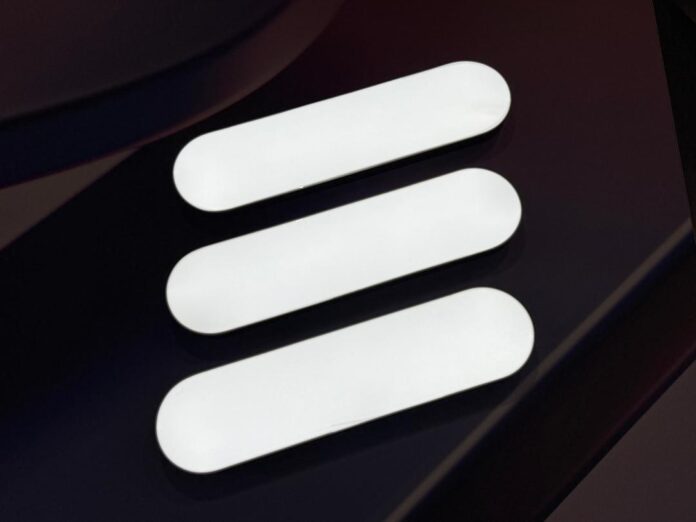Ericsson plans to fully localize the manufacturing of passive antennas in India by June 2025
In sum – what you need to know:
Ericsson bets big on India — The company is scaling local manufacturing and R&D to position India as a global telecom hub and reduce reliance on Chinese equipment.
Gears up for full localization — Ericsson plans to fully localize passive antenna production by June 2025 and expand 4G/5G exports from Indian facilities in Pune and beyond.
India to drive next-gen R&D — With 2,000 engineers already in R&D, Ericsson aims to make India central to its innovation in 5G, 6G, AI and cloud infrastructure.
Swedish vendor Ericsson is doubling down on its commitment to India, as it scales up local manufacturing, research and exports to turn the Asian country into a key node in its global strategy.
A senior Ericsson executive told Indian news site Moneycontrol that India is rapidly emerging as a credible base for telecom innovation and production, as companies seek to reduce dependence on Chinese telecom gear.
The Nordic vendor plans to fully localize the manufacturing of passive antennas in India by June 2025. It already produces 4G and 5G equipment through local partners—Jabil in Pune and VVDN for antennas.
Andres Vicente, head of Southeast Asia, Oceania and India at Ericsson, said: “We are betting strongly on the future growth of this market. India is positioned like no other market to be the real alternative to the current Chinese ecosystem for innovation… We are building incremental capabilities in India, and this is possible because the market is growing.”
Ericsson currently employs 22,500 people in India, with 2,000 people already engaged in R&D. The local unit of the European vendor is set to evolve into a major research center for next-generation tech, including 5G, 6G, cloud infrastructure and artificial intelligence (AI).
As part of its plans in India, the company also aims to begin exporting telecom gear such as passive antennas. Vicente confirmed full localization of antenna manufacturing, with an emphasis on increasing value-added processes before expanding 4G and 5G exports.
“India is becoming very attractive for building a complete manufacturing ecosystem… 100% of what we do [including base stations] in India will be produced here,” said Vicente.
The executive also commented that Indian carrier Vodafone Idea is making notable strides and is receiving Ericsson’s support for its market strategy, particularly in its upcoming 5G launch. The operator is currently upgrading its network in Delhi-NCR by replacing older Huawei 4G infrastructure with Ericsson gear.
“India is a market with almost 1.5 billion people… It’s a market that requires strong operators… I believe there is a scenario where Vodafone Idea can become stronger,” Vicente stated.
Vicente also urged Indian policymakers to prioritize terrestrial telecom networks over satellite-based services, citing economic and strategic benefits such as local investment and job creation.
“If I were the government, I would focus on technologies developed and regulated within the country… Preserving technology sovereignty and autonomy through terrestrial networks is very important,” he said.
India currently contributes 7% to the vendor’s global revenue. Vicente also stressed that R&D in India is vital for the company’s future, especially in areas like 6G, AI and network APIs.
“We have a positive view on the future of India and our business… This market is extremely relevant for us,” he noted.
Last month, Vodafone Idea announced the launch of 5G services in Delhi in partnership with Ericsson. The carrier has deployed Ericsson’s Massive MIMO radios to launch its 5G service in the capital city.
In October 2024, Vodafone Idea had awarded Ericsson the contract to upgrade its 4G infrastructure and deploy 5G in circles that Ericsson already powers. In addition, Ericsson was asked to provide 4G and 5G services in the telecom circles of Delhi, Kerala, Chhattisgarh and Rajasthan.

